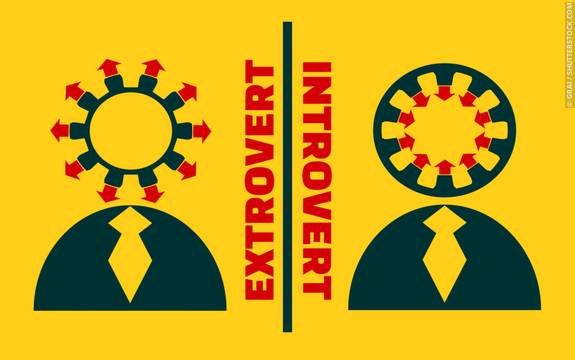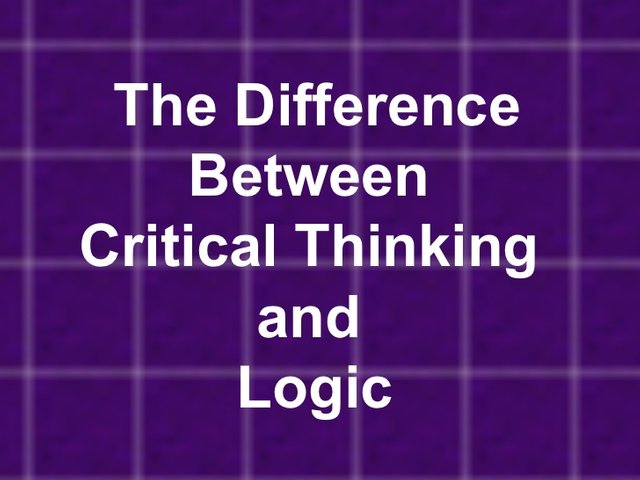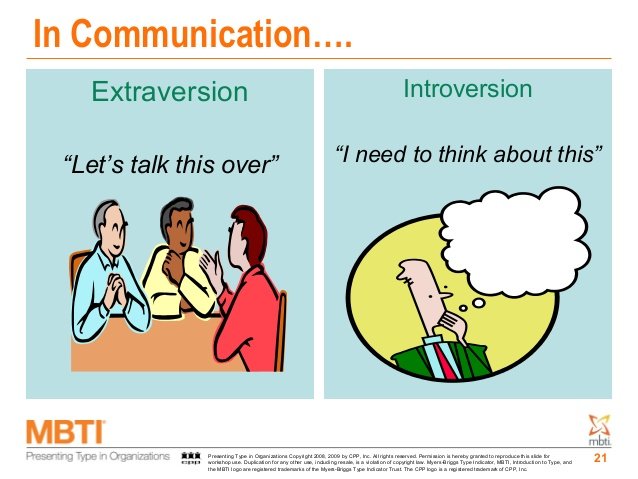Ask Yourself for Direction #2

Career success is commonly measured by money, power, and prestige. However, these are not the only sources of work satisfaction. Only you can define what your career success looks like. You have a unique combination of interests, skills,
values, and personality preferences. You are in a specific situation, faced with your own set of constraints, and in search of a suitable lifestyle. This chapter will help you identify your personal approach to work and clearly define your career goals and aspirations. When you use your natural preferences and strengths every day, work becomes more interesting and rewarding. Knowing your personality preferences can help you decide what your own career success will look like. Personality type, based on the work of Carl Jung, identifies your natural preferences and strengths. You can use personality type to figure out how you prefer to do your work. When you know how you prefer to work and what kind of work you prefer to do, you can choose the right career direction and focus your energy on career success.
Jung’s theory of personality type has been expanded and popularized through the work of Katharine Cook Briggs and Isabel Briggs Myers. This mother-daughter team created the Myers-Briggs Type Indicator® (MBTI®) personality inventory, a nonjudgmental assessment tool for identifying personality type that has thrived through more than 60 years of research and development.
This chapter will help you identify your natural personality preferences and provide strategies for clarifying your life and career goals. It is not designed to help you choose a career or change careers. Rather, it is designed to help you hone your existing career and life goals. If you are unsure of your career direction, you may want to engage in a more complete career-planning process, such as that described in the companion book What’s Your Type of Career?
10 Career Essentials provides you with a review of the personality type preferences assessed by the MBTI® instrument and an informal way to self-assess your preferences. By reading the descriptions and filling in the check boxes on the next pages you will start to discover your natural personality preferences. It is important to note that the descriptions given here are general, so not all statements will apply to you or any other specific individual.
The preferences you express and develop are greatly influenced by your current situation and past experiences. There are many personal and situational factors that may influence how you see yourself. You may have ignored your natural disposition
and learned the skills and attributes of an opposing preference in order to be successful. You may be at a point in your life where you need to or choose to develop preferences you have not used much in the past. Others may be encouraging or
pressuring you to demonstrate behaviors that don’t align with the way you naturally would prefer to act. For these reasons, a single checklist may not provide enough information for you to sort out what is learned and expected from what is natural
for you.
To most accurately identify your natural preferences it is best to complete the official MBTI® instrument. The Association for Psychological Type International (APTi) can refer you to a specialist in your area who can administer and interpret the MBTI®
personality assessment. The URL for the APTi website is www.aptinternational.org. You can also take the official MBTI® personality assessment online at www.mbticomplete. com. This online version of the personality assessment guides you through an interpretation process to validate your personality preferences.
In personality type theory, the characteristic ways in which you prefer to function and orient yourself to the world are grouped into four pairs. You will naturally prefer one element of each pair to the other. By choosing one preference from each pair, you
can discover a four-letter personality type, one of sixteen possible personality types. Read through the preference pairs on the following pages to identify your personality type preferences, and check the box that best applies to you.
Extraversion and Introversion


Extraversion and Introversion are alternative ways of orienting yourself to the world. Extraversion (E) is an external, active orientation, and Introversion (I) is an internal, reflective orientation.
E: Extraversion “Let’s talk this over.”
People who prefer Extraversion tend to

• Focus their energy and process information externally by talking and acting
• Dislike complicated procedures and working on one thing for a long time, especially if they must do so alone
• Learn and work best when able to share, discuss, and process information with others
• Ask questions and think out loud during activities or while working through a decision
• Understand their world best by taking action or talking about it I: Introversion “I need to think about this.” People who prefer Introversion tend to
• Focus their energy and process information internally, through reflection and introspection
• Prefer quiet places to work and work contentedly on one thing for a long time
• Learn and work best by having time to understand, and process information on their own
• Think before speaking or acting; they may be uncomfortable when asked to perform or respond on demand
• Downplay their strengths outwardly; as a result, others may underestimate their abilities
Everyone uses Extraversion and Introversion to carry out day-to-day activities. However, one of the two is more natural and comfortable. Check the preference that seems to reflect your personality:
E: Extraversion N I: Introversion

Sensing and Intuition Sensing and Intuition are two ways to take in information. Sensing (S) indicates a preference for focusing on specific facts and details. Intuition (N) indicates a preference for focusing on general patterns and possibilities.
S: Sensing “Just the facts, please.”
People who prefer Sensing as a way to take in information tend to
• Focus on individual facts and details before seeing underlying patterns or
whole concepts
• Take more interest in the facts as they are known now
• Prefer information and tasks that are presented in a practical, sequential format
• Work at a steady pace
• Become impatient or frustrated with complicated or future-oriented tasks that
may take a long time to complete
• Like having their senses engaged at work
N: Intuition “I can see it all now.”
People who prefer Intuition as a way of taking in information tend to
• Focus on what facts mean and how they fit together; they pay more attention to big-picture implications and relationships between ideas than to facts and details alone
• Generate and recognize possibilities and are less interested in realities and data
• Like developing new ideas; are apt to be easily bored with routines and sequential tasks
• Jump around between ideas and tasks at work and in learning activities; they are likely to have bursts of energy rather than stamina Everyone uses both Sensing and Intuition to carry out day-to-day activities. However, one of the two is more natural and comfortable. Check the preference that seems to reflect your personality:
N S: Sensing N N: Intuition
Thinking and Feeling
Thinking and Feeling describe information processing and decision-making preferences. An individual with a preference for Thinking (T) trusts logic and analysis. An individual who prefers Feeling (F) puts more trust in values and personal consequences.
T: Thinking “Is this logical?”
People who prefer Thinking as a way to make decisions and process information
tend to
• Focus on logic and analysis
• Deal most easily with objective data and cause-and-effect relationships
• Consider the pros and cons of ideas, information, and opinions
• Understand emotions and feelings best when they are introduced as facts and
details to consider in decision making and problem solving
• Prefer calm, objective interactions
F: Feeling “Will anybody be hurt?”
People who prefer Feeling as a way to make decisions and process information tend to
• Take more interest in how information affects people than in the information itself
• Need feedback from other people and work best in an environment that provides support and encouragement
• Consider the atmosphere at work as important as the work itself
• Make subjective decisions; they find it easy to understand and appreciate other people’s values
• Find objective, logical reasoning harsh; they may feel criticized by people who function in a logical, analytical mode
Everyone uses both Thinking and Feeling to carry out their day-to-day activities. However, one of the two is more natural and comfortable. Check the preference that seems to reflect your personality:
N T: Thinking N F: Feeling
Judging and Perceiving
Judging and Perceiving describe two ways of orienting to and dealing with the external world. An individual with a preference for Judging (J) tends to be decisive and prefers structure and control. An individual with a preference for Perceiving (P) tends to keep options open as much as possible and prefers spontaneity and flexibility.
J: Judging “Just do something.”
People who prefer Judging tend to
• Make decisions as soon as possible to have closure
• Plan and organize their world
• Tolerate routines and structure comfortably
• Like roles and expectations to be clear and definite
• Find change and ambiguity uncomfortable
• Complete tasks and move on
• Take an organized approach and have a plan
P: Perceiving “Let’s wait and see.”
People who prefer Perceiving tend to
• Defer judgments and gather more information
• Act spontaneously and leave things to the last minute; they may choose not to
plan or organize tasks or time
• Prefer starting projects to following through with them
• Stay flexible and adaptable
• Become frustrated by rules, routines, and closure
• Focus on exploring and seeking new information; they embrace change Everyone uses both Judging and Perceiving to carry out their day-to-day activities. However, one of the two is more natural and comfortable. Check the preference that seems to reflect your personality:
N J: Judging N P: Perceiving

Thanks for your work @kamaljeetsingh Followed...